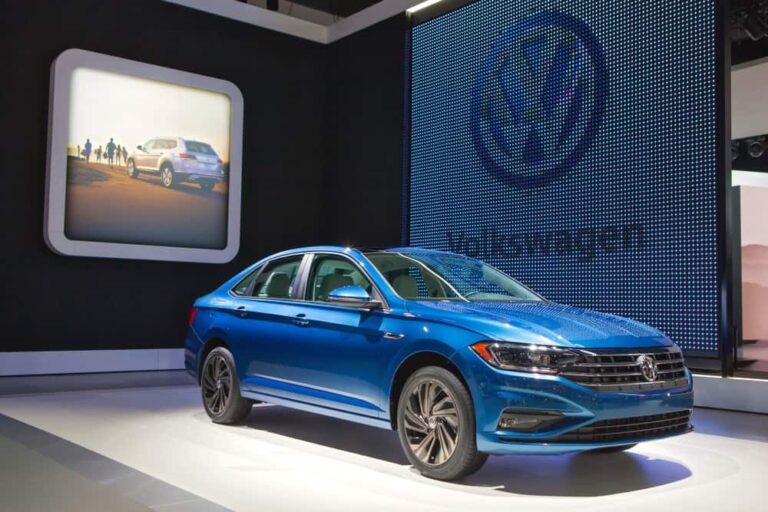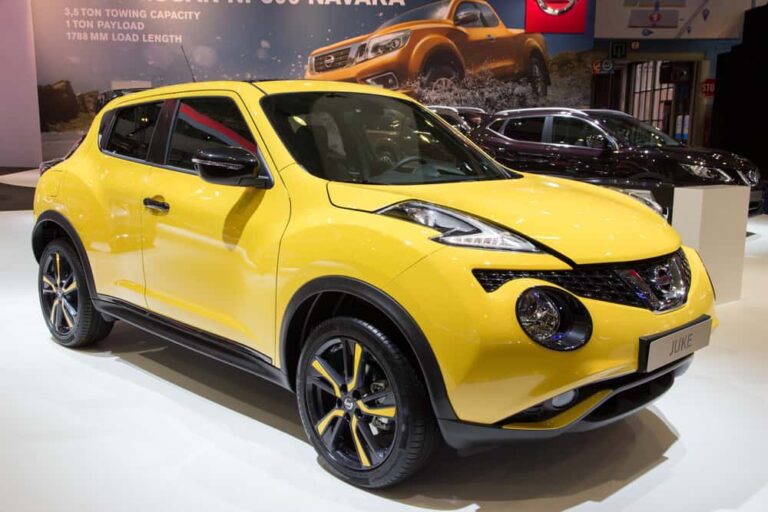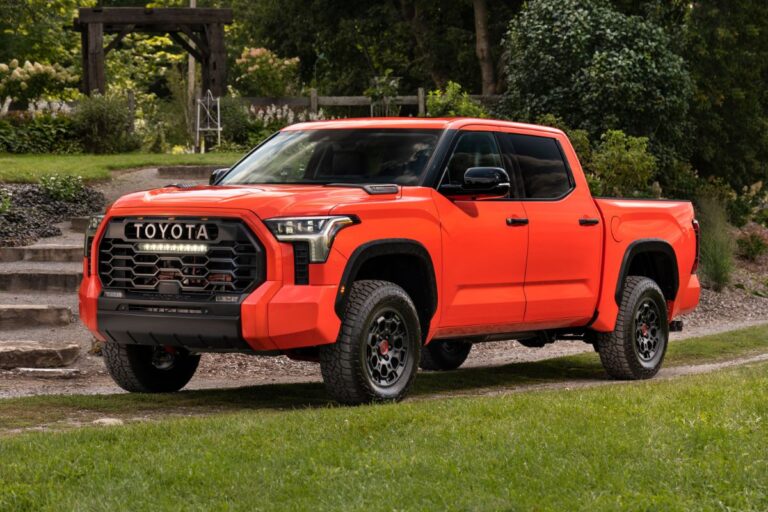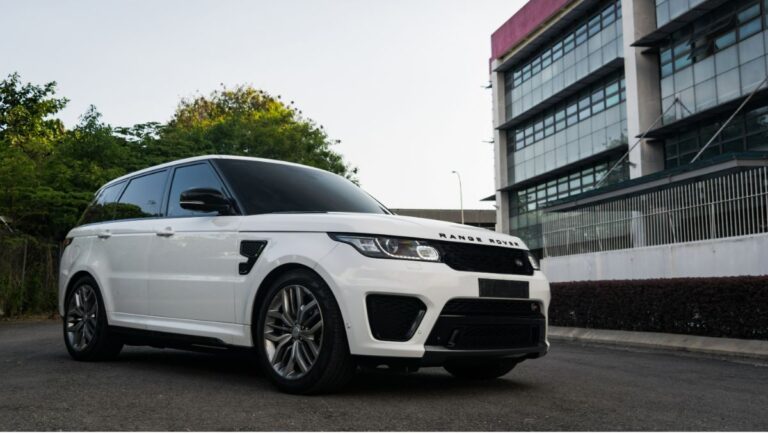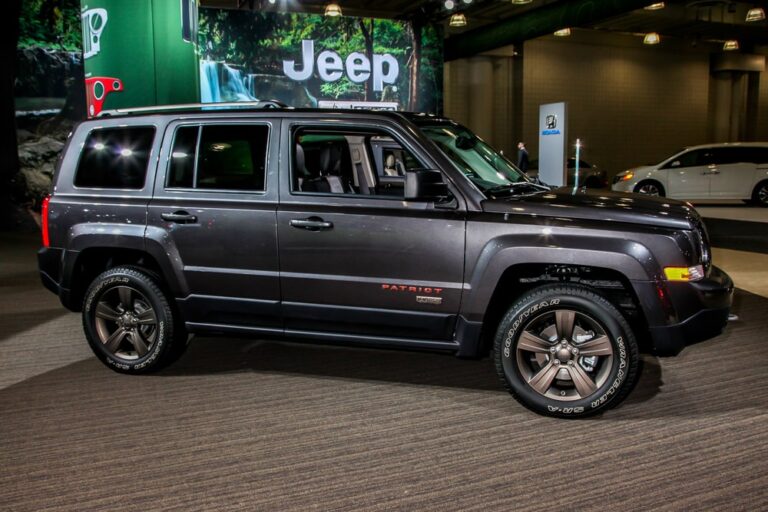
Color is a huge part of life: we either love or hate green vegetables, our steak is most attractive to us when it’s red, pink, or brown, our footwear must complement or match our outfit or suit and tie, and some of us enjoy wearing red jeans, while others prefer purple or blue.
Color in our homes makes just as big a statement. Does the color on the walls complement the furniture or highlight it? How much red hue do you like on your hardwood floors? Do you like quirky-colored lampshades? How about the window treatments – classic or statement-making?
What we drive makes a statement about our personality and confidence. The color of our vehicle says the most. For example, drivers with red cars are often seen as chance-takers. Drivers with yellow cars might seek attention.
Black? Confident and important. White is for the intelligent and the stickler for the rules. So, what does driving a black car mean? What does driving a white car do for you? Let’s find out.
What Is A Black Car?

Black is just a color, but there are types of cars that stand out or are instantly recognizable because of that color. Limousines, for instance, are recognized at once due to being long and shiny black. The classic luxury sedan used by almost all car hire companies to squire executives and other important people around town when they travel is black.
Numerous drivers who head for the track on the weekends drive Maseratis, Porsches, and even a Lamborghini or two. These cars are generally black. Drivers of your basic city-suitable sedans choose black because black is elegant and cool.
What Are The Features Of A Black Car?
Drivers shopping for cars look for specific features, such as:
• The size of the car. Today’s drivers generally want a smaller car for its good gas mileage
• The tech. Even a simple GPS on the most basic trim level or model of car is desirable when it comes to tech
• Trim. The model of a car, let’s say a Honda Accord, comes in several (sometimes up to 12) trim levels. You have your sedan, your compact, and your sports model, to name a few
Now, once the model has been chosen, drivers seeking new cars choose what they want on the car, such as:
• Leather seats
• Sunroof
• Front and rear cameras
• Bluetooth
• Heated seats
Drivers seeking new cars next choose the color of the car once all the features are chosen. Black cars are popular because black is equated with luxury, with the importance of the driver, and is synonymous with confidence and visibility.
There is an unfortunate side to driving a black car, though. It shows the dirt, scratches, and dents more than any other colored car. Perhaps the most unfortunate aspect of a black car is that black is the absence of all light, even if it’s the presence of all colors.
That makes a black car supremely hot in summer.
Of What Materials Are Black Cars Made?
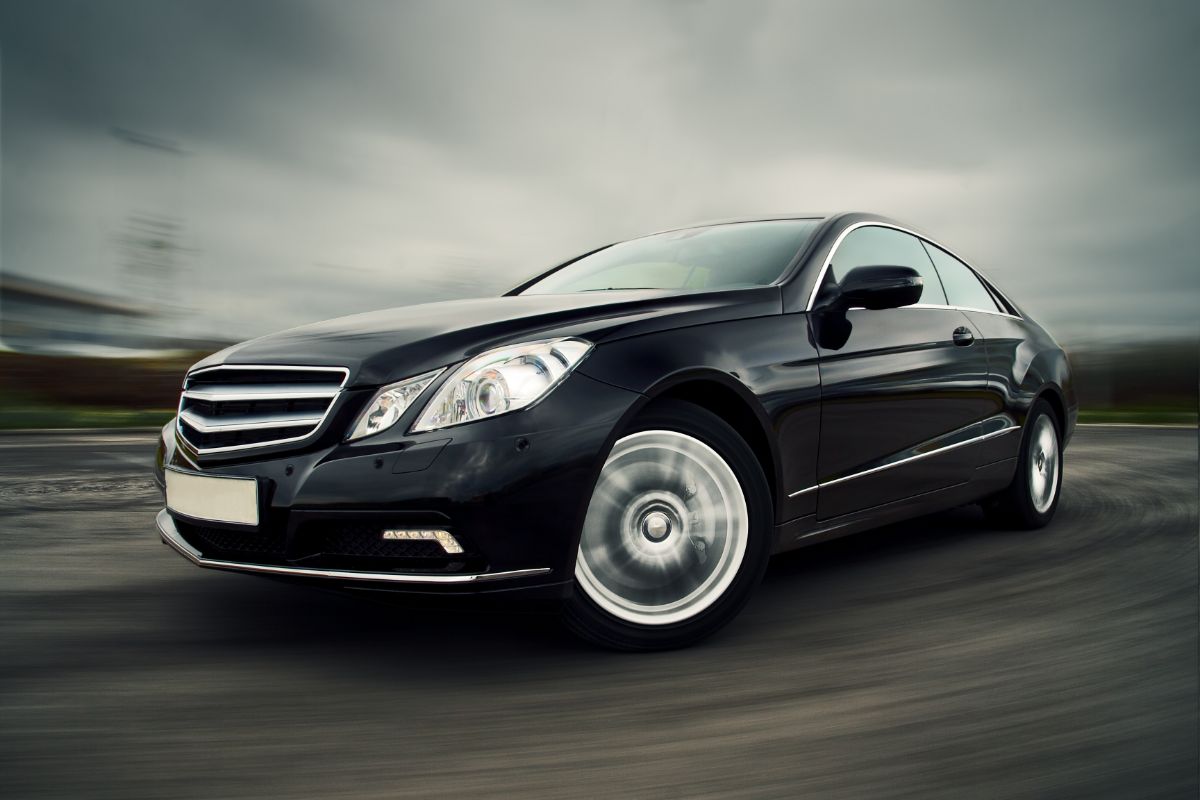
All cars are made of steel due to its ability to absorb the impact of another vehicle. Aluminum is another metal used in cars for the wheels and engine blocks. Obviously, glass is used for the windows.
Rubber is used in cars for the tires along with the belts and hoses. Plastics are used in many parts of a car, such as a dashboard and door handles. Did you know your car battery is made of lead? It allows safe temperatures even as the car heats up.
Copper goes into the wiring, and small bits of magnesium and titanium are used in the body as well. Of course, leather and fabric are used in the seats and the material on the inside roof of the vehicle.
What Are The Design Features Of A Black Car?
Some cars are designed with long noses and stubby rear ends. Some flow naturally, while others dip and curve in innovative ways. This is called the curvature of the car.
The vehicle must conform to established rules about its size and configuration. For instance, space has to be engineered for the fuel tank, storage, room for the driver to fit comfortably, as well as the engine fitting snugly.
Drivers, on the other hand, look for more immediate features than the engine and fuel tank. They look for high tech, the best sound system ever, luxurious comfort like heated seats, as well as cool communications.
What Are The Costs And Benefits Of Black Cars?

Black cars are the most popular colored cars due to their elegance. As an illustration, have you ever ridden in a green limo? Of course not. They’re either black or white.
It’s that very reason that gives black cars their great resale value. Expect to pay around $26,000 for a Crystal Black Pearl colored Honda Accord. The benefits of driving a black car are few but compelling.
First, it’s totally cool. Picture a handsome man in a tux. A black tux with a white tie just gives a man an air of sophistication and elegance. Now picture a lovely lady in a flowing black ballgown. ‘Nuff said.
Second, the resale value of a black car is good. Black cars hold their value instead of depreciating as a red, yellow, or blue car would. That elegance and coolness transfer into resale.
Last, but certainly not least, black cars hide flaws, dings, scratches, and dirt better than any other colored vehicle. Let’s say you’re not wild about the vents around the grille or how the back end is configured. Due to envious viewers drooling over your black car, you can kind of get past the grille or the back end with a grin and a wave.
Black Cars Have A Fascinating History
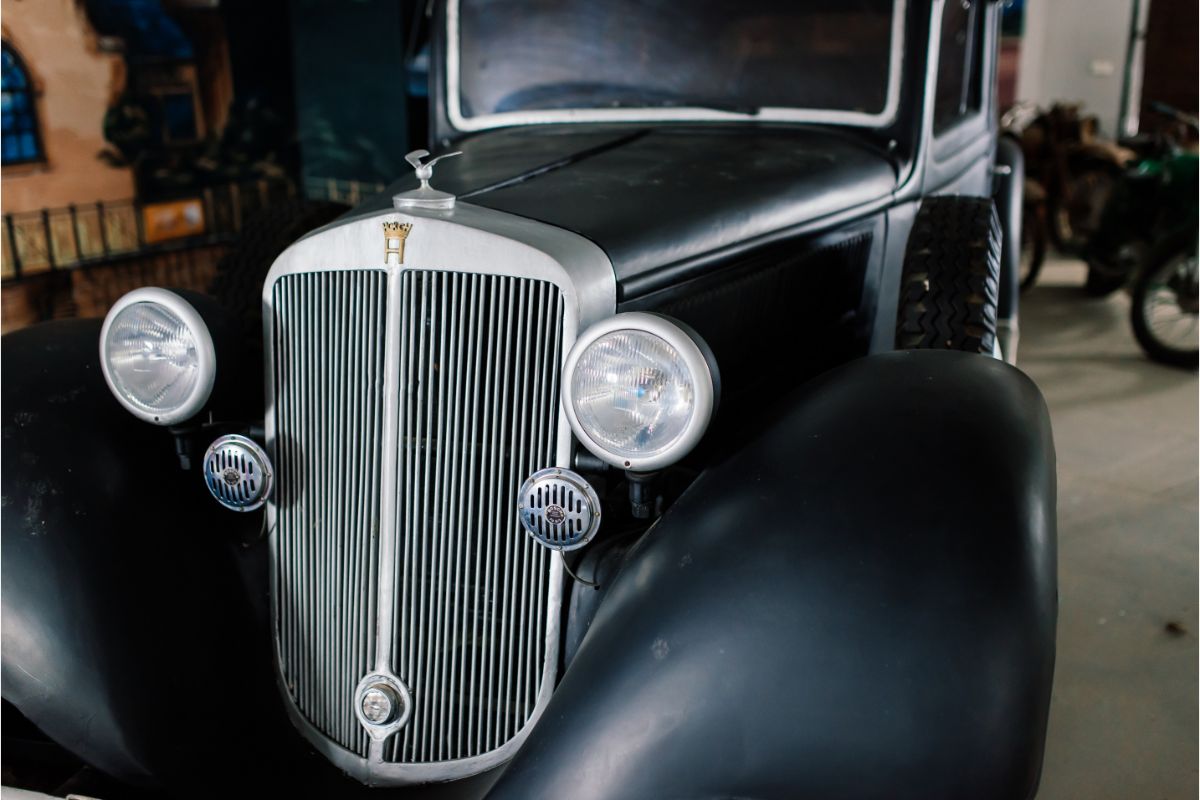
In the days of the horse and carriage, you didn’t have to worry so much about painting the carriage. They either came out of the factory black or they came out red, usually. Color was unusual and sometimes color got you robbed by highwaymen.
When cars came along, the first ones looked much like a carriage on gigantic wheels with no horses. They were painted black. The first cars of the 1890s and early 1900s were painted black, as were drays (the first trucks, so to speak,) steam engines, and battleships.
Would you believe black paint was cheaper and dried quicker? Other colors yellowed or faded in time, but the darker colors didn’t. Black paint was sprayed on cars in the factories and dried within hours instead of the days other colors took to dry. By 1910, cars were being produced in just a few colors, and understandably, those were the darkest shades of red, green, black, and gray.
The rest of the 20th century was a time for exploring what a car could do and then building the best one for the job. Paint colors exploded. Some cars were painted two colors, while others stick to one.
By this time, baking the enamel on the car bodies had been developed, so colors were no longer darker shades. They even embraced pink and purple. Black, however, remained the pinnacle of desirable car colors, as well as convertible tops, of course, being black.
What Is A White Car?
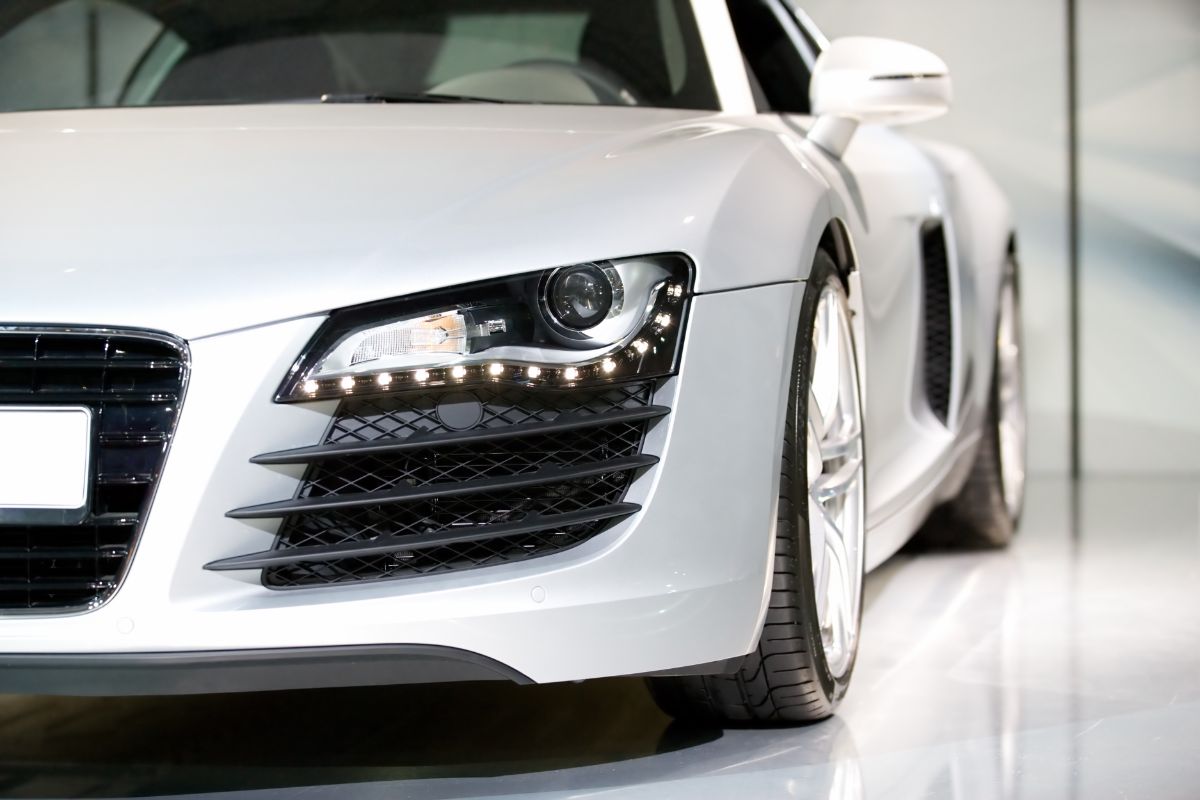
It’s a car. They’re all made the same using the same materials. One of the differences between them is their color. White is the most popular car color, with 28 percent of car owners in America driving one.
Globally, less than ten percent of cars are in varying colors, like blue, red, green, and yellow. Additionally, the beauty of white cars is that the paintwork can look metallic or pearly.
What Are The Features Of A White Car?
When drivers buy a new car, they buy one containing:
• The size. You don’t see many drivers driving the Sherman tanks of yesteryear. Today’s drivers want compact, gas-saving, and mileage-friendly vehicles.
• The tech. Drivers are thrilled with cameras that show them every possible aspect of their cars without the necessity of pulling muscles in their necks while looking around themselves. Add to that the fact that they don’t have to pay attention anymore to other lanes of traffic or crossing over into them, and you have one happy driver.
• The trim. Vehicle models in all their differences are called the trim. Drivers buying new cars buy sedans, compact cars, SUVs or crossovers, or smaller electric vehicles. Every carmaker has from the basic trim up to a dozen trims for their models.
Now that the driver has picked a model he likes, he goes in for the good stuff. This means the sound system, the satellite radio, the buttery leather seats – heated, of course, the sunroof, and many other wonderful things. That the car is white is just a blessing not many other drivers have.
Materials That Go Into White Cars

Drivers crash their cars with alarming regularity. Thus, cars need to be made of strong materials that withstand mash-ups (not a Glee song.) Steel, aluminum, magnesium, and titanium are some of the metals used in car manufacturing.
Copper for wires, glass for windows, and lead for batteries are also included in the making of white cars.
What Are The Design Features Of A White Car?
Along with the curvature of the vehicle and the engineering of trunk space and a small engine that will get good gas mileage, drivers look for a grille that isn’t too embarrassing.
They seek out LED headlamps with an attractive configuration, vents that don’t detract from the overall attractiveness of the car, and a rear end that looks like it wasn’t designed by the guy that designed the Yugo.
Do White Cars Have Costs And Benefits?
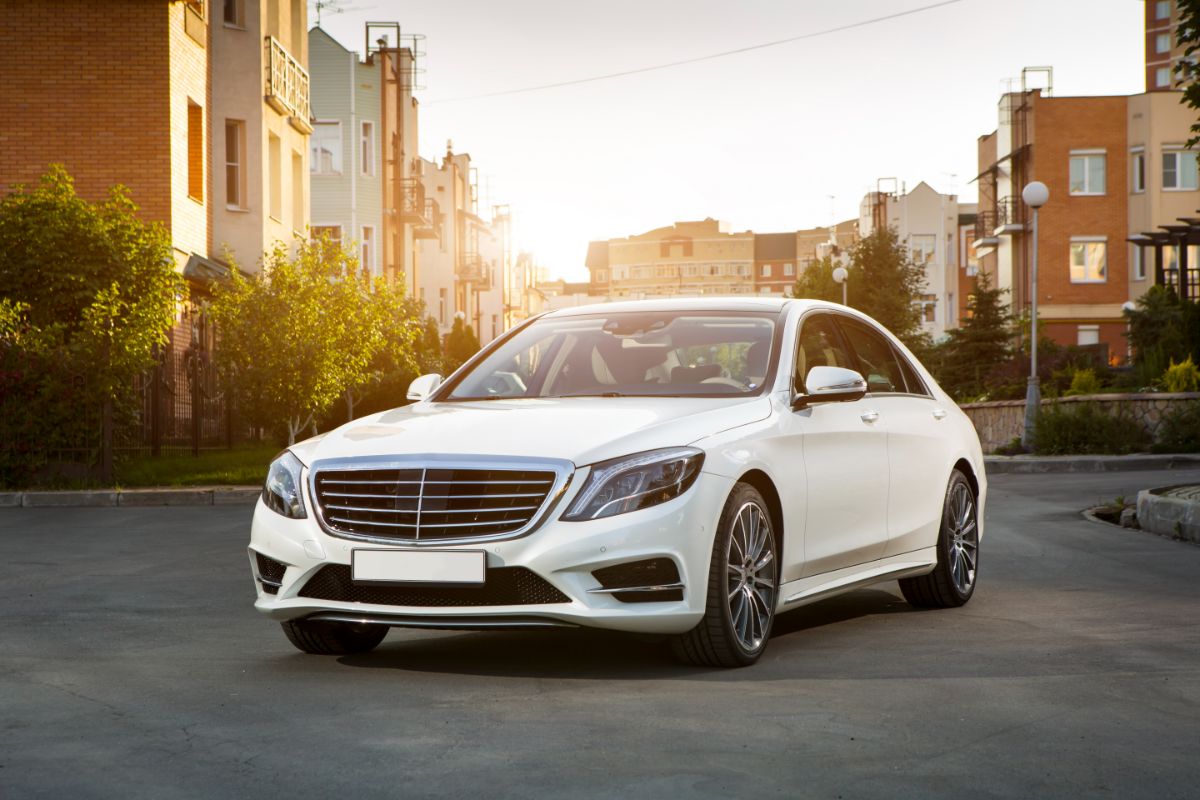
A car is listed as the second largest expenditure Americans ever make. Today’s cars have more oomph, so they’re going to cost more. For example, drivers can buy a white car, let’s say a Toyota Camry with a bunch of bells and whistles, for $38,000.
A new white Toyota Camry with just the basic trim goes for $26,000. Some of the benefits of white cars are just plain great. The first, and lots of people think the best, benefit is resale value.
White cars hold their value due to their neutral, inoffensive color. Did you know that neutral color comes free with some carmakers when you build your own new car? Next, white paint doesn’t absorb heat like a darker color does. Drivers and passengers remain cool in the heat of August.
White cars are quite visible to other drivers, especially in the dark. This makes white cars much safer than other colors like dark blue and black. When white cars are put through a drive-through wash, the white hides scratches and dings to the clear coat atop the white paint. White hides the dust and dirt better, too.
The White Car Has Been Cheated Throughout History
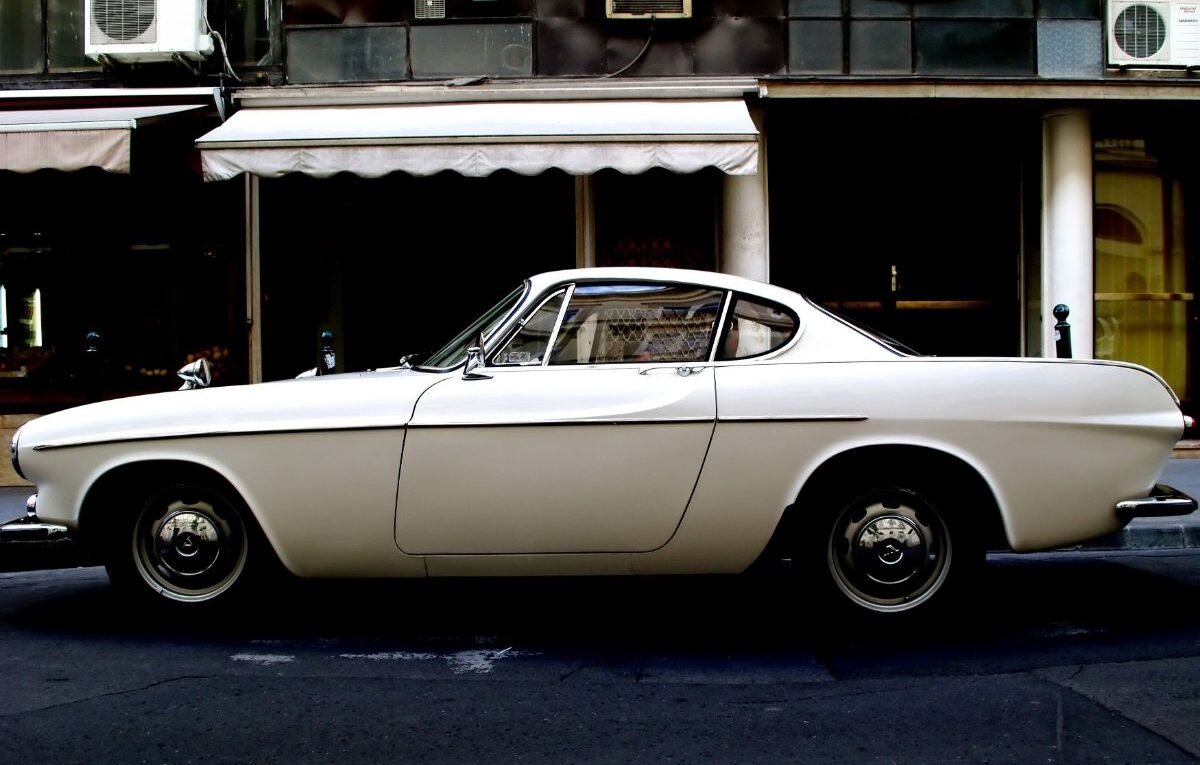
Automobile paint jobs are about the history of paint. Paint is historically 100,000 years old. It dates back to cavemen in South Africa who used iron oxide and charcoal for color.
Paint from the earliest days used organic materials and binders like plant oils to make paint. Today’s paint is synthetic, which leads us to the paint used on white cars. It wasn’t until the 1950s that carmakers thought white paint might look good on a lot full of cars.
By that time, pigments and binders had been developed. Carmakers could paint their cars white, and it wouldn’t take days to dry as it had for the first cars manufactured. Aren’t you glad you drive today instead of back in the beginning days of cars?
In the early days of car making, the simplest colors required multiple coats so they wouldn’t fade or yellow. Colors didn’t cover very well, either, so cars required several coats. Numerous coats of varnish went on top of that to preserve the colors.
House painters, carriage painters, boat painters, and painters of many other things used lead white paint from the earliest days of painting. Some cars were made with brass fittings that contrasted amazingly well against white cars. The 1930s saw Germany using white cars in the Grand Prix races.
At this point in white car history, DuPont had developed a paint with binders and solvents that could be sprayed on a car before it went into the baking chamber. Fortunately, carmakers came to the realization that lead doesn’t belong around humans, so they moved on to zinc sulfide among other ingredients in white car paint.
The snag to that was that white cars just weren’t a thing, so not many were built and painted. Fast forward to the 1950s. White cars were seen more and more due to DuPont’s mass manufacturing of a previously rare compound called titanium dioxide pigment.
This was now used as the basis for producing cream-colored cars, silver cars, gray cars, and lighter shades of dark-colored cars. Aside from city police departments with newly white painted cars, Oldsmobile was the first to push its white cars in 1952.
The 50s were also notable for two-tone paint jobs, the most popular of which were peach/white, turquoise/white, and antique gold/white.
Conclusion
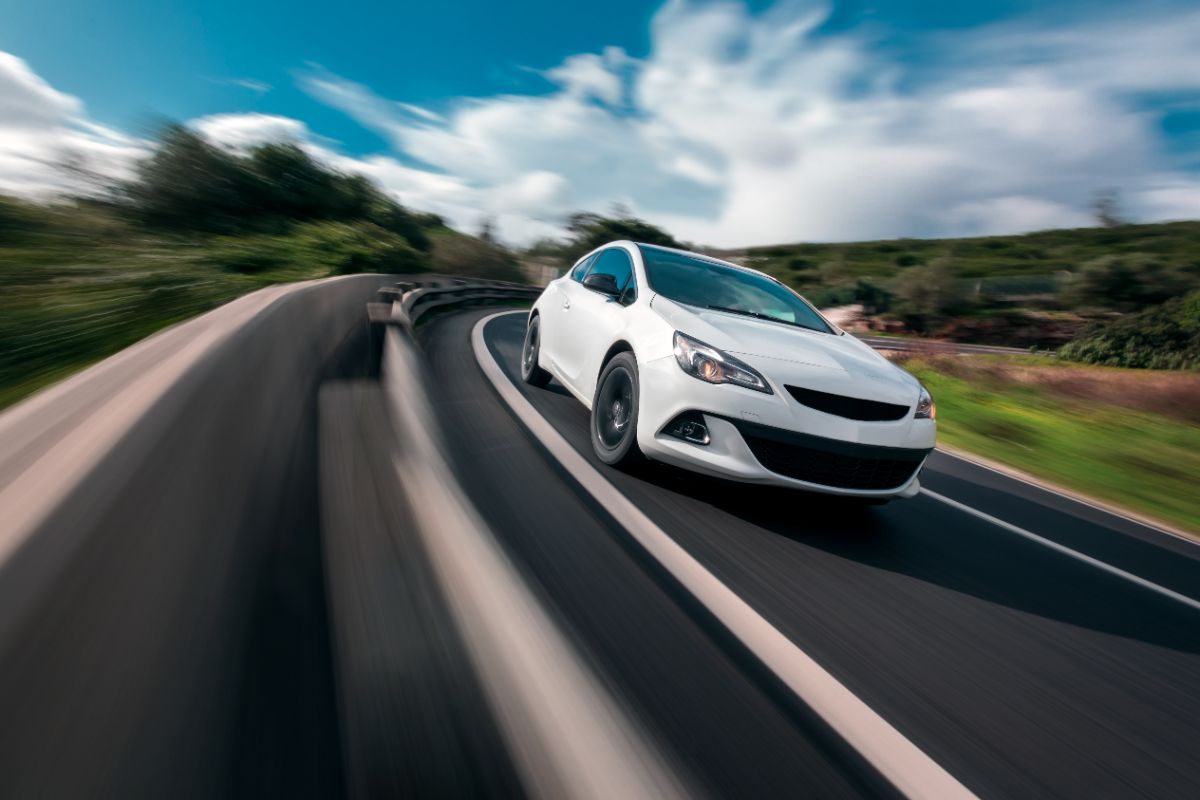
I’ve driven cars colored dark green to light blue, from silver to white, and from bright yellow to different shades of red. I have nothing good to say about Savannah, Georgia in the vicious heat of August, so black cars were never an option for me.
Although I’ve been chauffeured in black limousines for various reasons, even in the heat of August, black still doesn’t do much for me. Give me a white car any day of the year.

